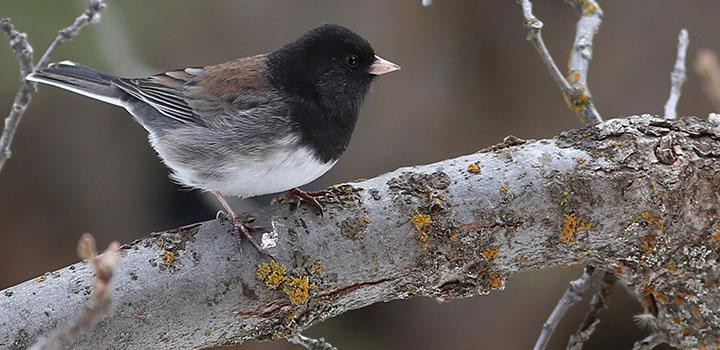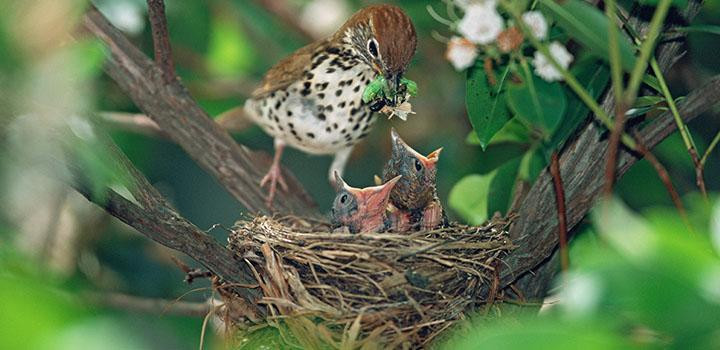Posted by Grange Co-op on 2nd Jan 2015
Male: Black hood and reddish-brown back, whitish belly, pale bill, dark eyes, tail dark with conspicuous white outer feathers.
Female: Same as male with a gray or tan hood rather than blackNesting:
Cuplike nest of grasses, moss, pine needles, placed in depression in ground near tall vegetation. Male and female both build. Two broods a year. 3-6 eggs, gray or pale bluish with dark blotches.Feeding:
Feeds mostly on ground, eating weed and… Read more
Posted by Grange Co-op on 3rd Apr 2014
Soon we should be seeing waves of migrating birds come through our area. Some will stay and nest in our backyards while others will just be passing through to more northerly destinations. This is a perfect time to offer fruit, nectar and insect treats at your feeding stations along with the usual fare. (You may find adding more black oil sunflower seed and less millet at your feeders will be advantageous this time of year.) Hummingbirds, Sw… Read more
Posted by Grange Co-op on 3rd Apr 2014
Have you noticed? The signs of spring are everywhere. Not only are flower bulbs coming up and fruit trees are budding out, but the red-tailed hawks are beginning to pair up, Canada geese are on the move, the red-winged blackbirds have returned to my feeders, tree swallows are back in the valley, and I saw a raven flying over carrying nesting materials the other day. It is time to make sure your nest boxes are up and cleaned out and rep… Read more
Posted by Grange Co-op on 1st Apr 2014
1). If the bird is naked (none or few feathers), look in immediate area for a nest to pop it back in to. Birds have a poor sense of smell so it will not be rejected by its parents.
2). If the baby is feathered and in immediate danger (in a road or near a preadator), move it to a higher branch or other cover as close as possible to where you first found it. Confine cats and dogs. A well-feathered baby is probably a fledgling and ready to l… Read more




